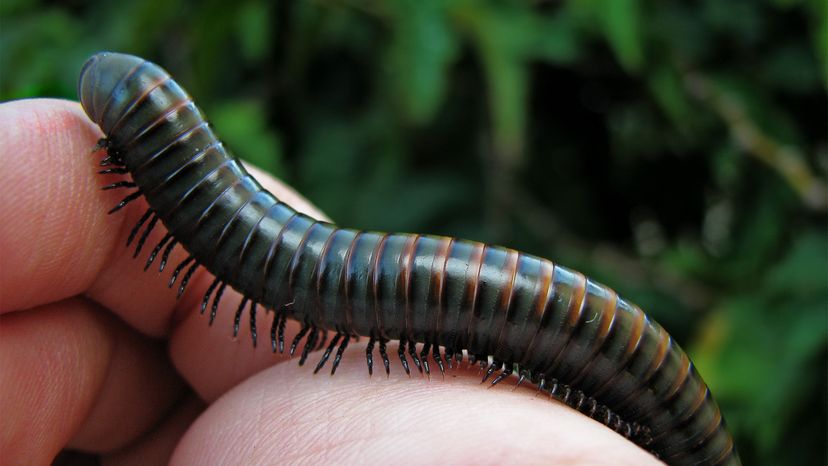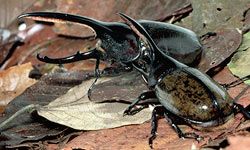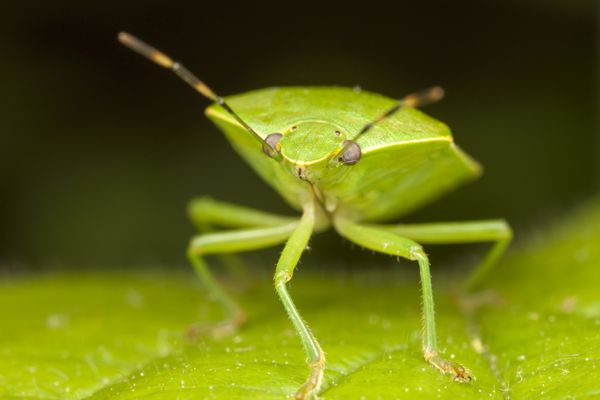
Key Takeaways
- Millipedes do not have exactly 1,000 legs; their leg count ranges from 24 to 750, depending on the species.
- They have two pairs of legs per body segment, unlike centipedes, which have one pair per segment.
- Millipedes use their numerous legs to navigate through soil and leaf litter, aiding in their role as decomposers in the ecosystem.
Let's start with the basics: Millipedes are not worms, nor are they insects. Insects have six legs, and obviously millipedes have many more. Exactly how many more?
If you think the answer is 994, you'd be wrong, my friend.
Advertisement
It turns out scientists did not choose the Latin prefix in their name, "milli-," meaning 1,000, as a way to convey the precise number of legs these organisms have. Their colloquial nickname "thousand leggers" is not accurate either.
"I guess the people who were seeing these things and coming up with common names said, 'Man that's a lot of legs,'" says Derek Hennen, a Ph.D. candidate in entomology at Virginia Tech who studies millipedes. "It's a bit of confusing, and it's the same with centipedes. It's just getting at the fact that they are very leggy."
Millipedes fall within a phylum of organisms called arthropods, a category that includes invertebrates as diverse as spiders, scorpions and butterflies. All arthropods have in common a hard exoskeleton, segmented bodies and jointed legs. What distinguishes millipedes is that for each segment of their body, they have two pairs of legs, instead of one pair as you would see with, say, centipedes. This gave way to the more accurate name used by scientists: diplopoda, meaning "double foot."
Having so many legs is part of what makes millipedes so adaptive. Fossil evidence suggests that millipedes were among the first-ever terrestrial animals, which means they have been around for about 400 million years.
Back in the coniferous period, about 300 million years ago, a millipede species known as Arthropleura grew to an enormous 6.6 feet (2 meters) long and 1.6 feet (0.5 meter) wide. Today, millipedes range in size from 0.1 inch (3 millimeters) to about 11 inches (0.3 of a meter). So far, scientists have discovered about 12,000 species on every continent except Antarctica, but estimate there could be as many as 80,000 species.
"Each state has some millipedes that occur only there, and nowhere else," says Hennen who loves them so much he runs a Twitter account (@DearMillipede) on all things millipede.
Advertisement

